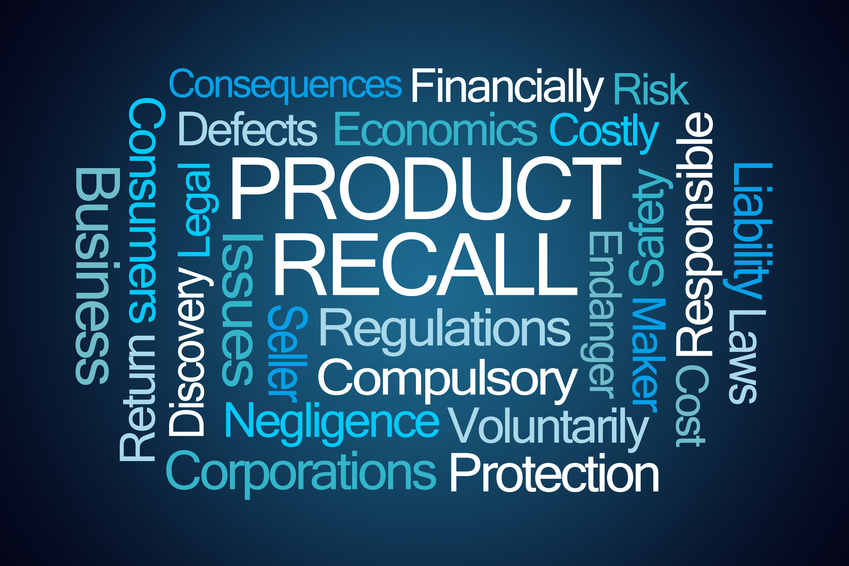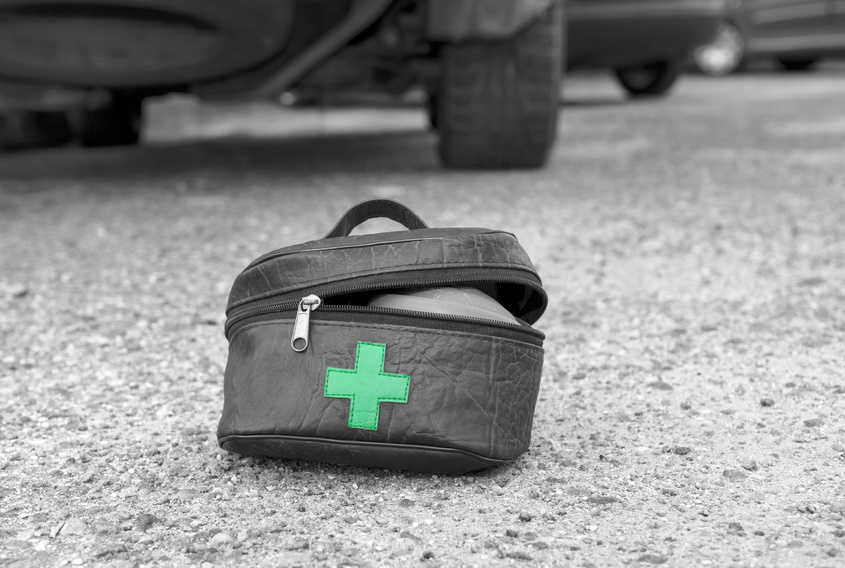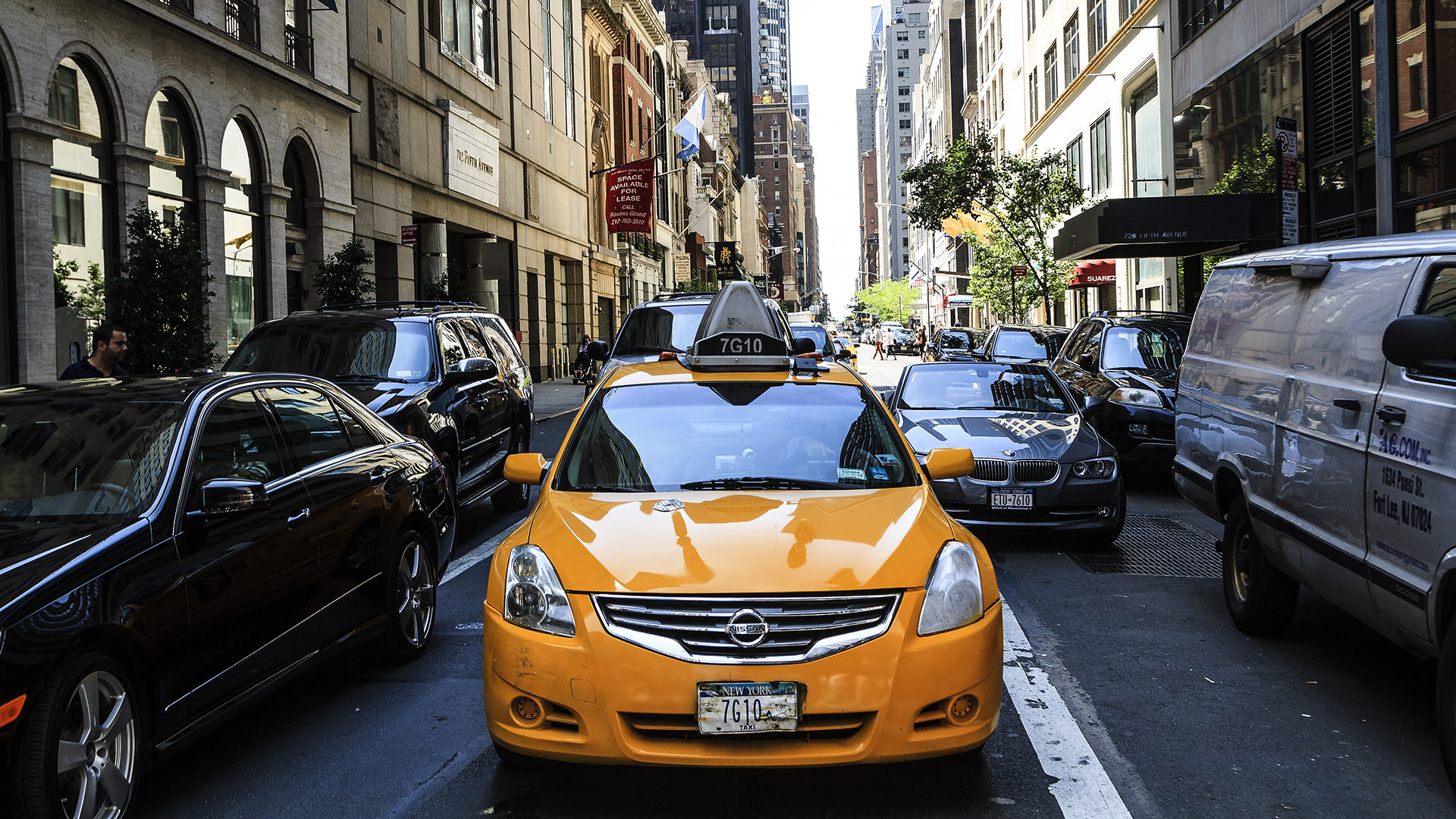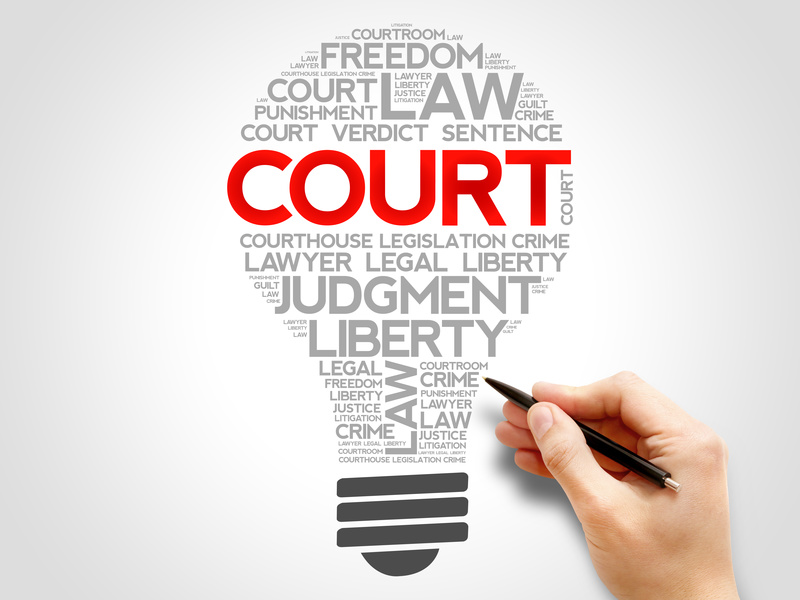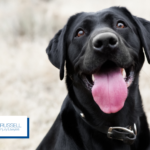Injuries caused by faulty products happen every single day, and companies need to be held responsible.
The following is vital information surrounding product liability, according to findlaw.com:
“Product liability refers to a manufacturer or seller being held liable for placing a defective product into the hands of a consumer. Responsibility for a product defect that causes injury lies with all sellers of the product who are in the distribution chain. In general terms, the law requires that a product meet the ordinary expectations of the consumer. When a product has an unexpected defect or danger, the product cannot be said to meet the ordinary expectations of the consumer.”
“Liability for a product defect could rest with any party in the product’s chain of distribution, such as:
- The product manufacturer;
- A manufacturer of component parts;
- A party that assembles or installs the product;
- The wholesaler; and
- The retail store that sold the product to the consumer.
For strict liability to apply, the sale of a product must be made in the regular course of the supplier’s business. Thus, someone who sells a product at a garage sale would probably not be liable in a product liability action.
Types of Product Defects
Under any theory of liability, a plaintiff in a product liability case must prove that the product that caused injury was defective, and that the defect made the product unreasonably dangerous. There are three types of defects that might cause injury and give rise to manufacturer or supplier liability:
- Design Defects- Present in a product from the beginning, even before it is manufactured, in that something in the design of the product is inherently unsafe.
- Manufacturing Defects- Those that occur in the course of a product’s manufacture or assembly.
- Marketing Defects- Flaws in the way a product is marketed, such as improper labeling, insufficient instructions, or inadequate safety warnings.”
Fast dial #1000 free from your cell and we’ll get you the support you need.

